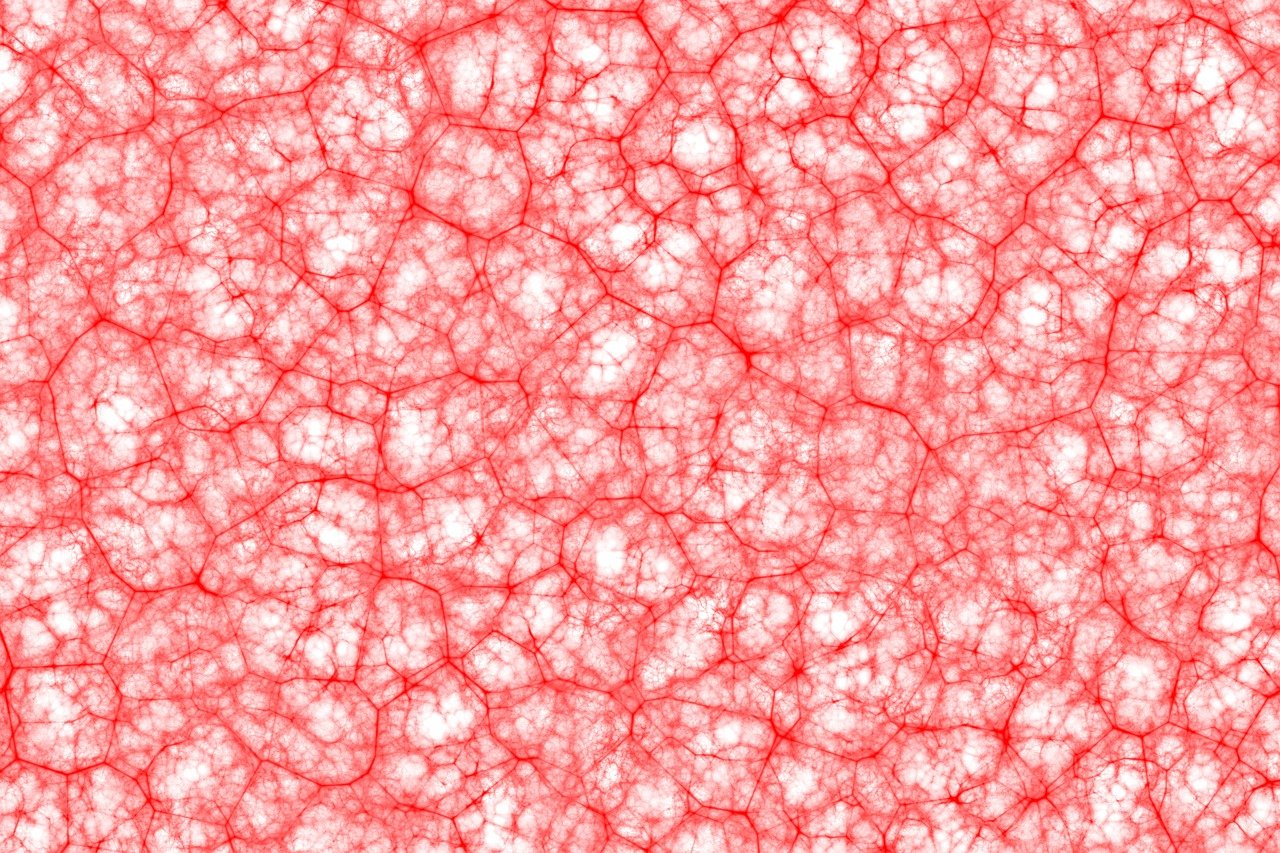
Morphology of Nervous System
Nervous system
The nervous system is a very complex network of more than 100 million nerve cells (neurons), which enables the body to respond to various stimuli both from external and internal environment. It integrates the functions of different organ systems and by that controls the intrinsic conditions of the body. Furthermore, the nervous system is resposible not only for stabilizing essential physiological parameters of the body within normal range but also for maintaining behavioral patterns and social interactions.
The nervous system is formed by the nervous tissue, which is distributed throughout the body as an integrated networks of neurons assisted by neuroglial cells. The various types of glial cells support and protect neurons. The functions of glial cells include insulation of neurons and their processes to accelerate transmission of nerve impulses, participation in the metabolic exchange between blood vessels and the neurons etc. However, if neurons are able to generate nerve impulses and conduct it to effector organs then neuroglial cells are nonconducting supporting cells. There are four types of neuroglia: astrocytes, oligodendrocytes, microglia, and ependymal cells. Astrocytes are the most numerous star-shaped supportive cells of the central nervous system which perform many functions, including the provision of nutrients to the neurons, participation in the blood–brain barrier, maintenance of extracellular ion balance etc. Oligonderocytes produce the myelin sheath that provides the electrical insulation for the neurons in the central nervous system. Microglia is formed by small cells of highly variable form; they are the macrophages of the central nervous system. Ependymal cells are low columnar or cuboidal cells that line the ventricles of the brain and the central canal of the spinal cord.
In average each nerve cell has at least 1000 interconnections with other neurons, which makes the communication within the nervous system very complex. Although neurons vary a lot in size and shape they still can be grouped into three main functional categories: sensory neurons (convey impulses from the receptors to the central nervous system), motor neurons (convey impulses from the central nervous system to the effector cells) and interneurons or intercalated neurons (interconnect sensory and motor neurons; 99,9% of all neurons belong to this group). Interneurons establishing connections with many other different neurons form cercuits, which are the basic functional elements of the nervous system.
Nota bene! Most of the neurons of the central nervous system are interneurons.
Anatomically, the nervous system is divided into the central nervous system (brain and spinal cord) and the peripherial nervous system (cranial, spinal, and peripherial nerves, ganglia and specialized nerve endings).
Functionally, the nervous system is divided into the somatic nervous system (somatic parts of the central and peripherial nervous system; controls the functions that are under concious voluntary control [except the reflex arcs]) and the autonomic nervous system (autonomic parts of central and peripherial nervous system, subdivided into sympathetic and parasympathetic divisions; provides efferent involuntary motor innervation to smooth muscle, the conducting system of the heart, and glands).


